Recommend
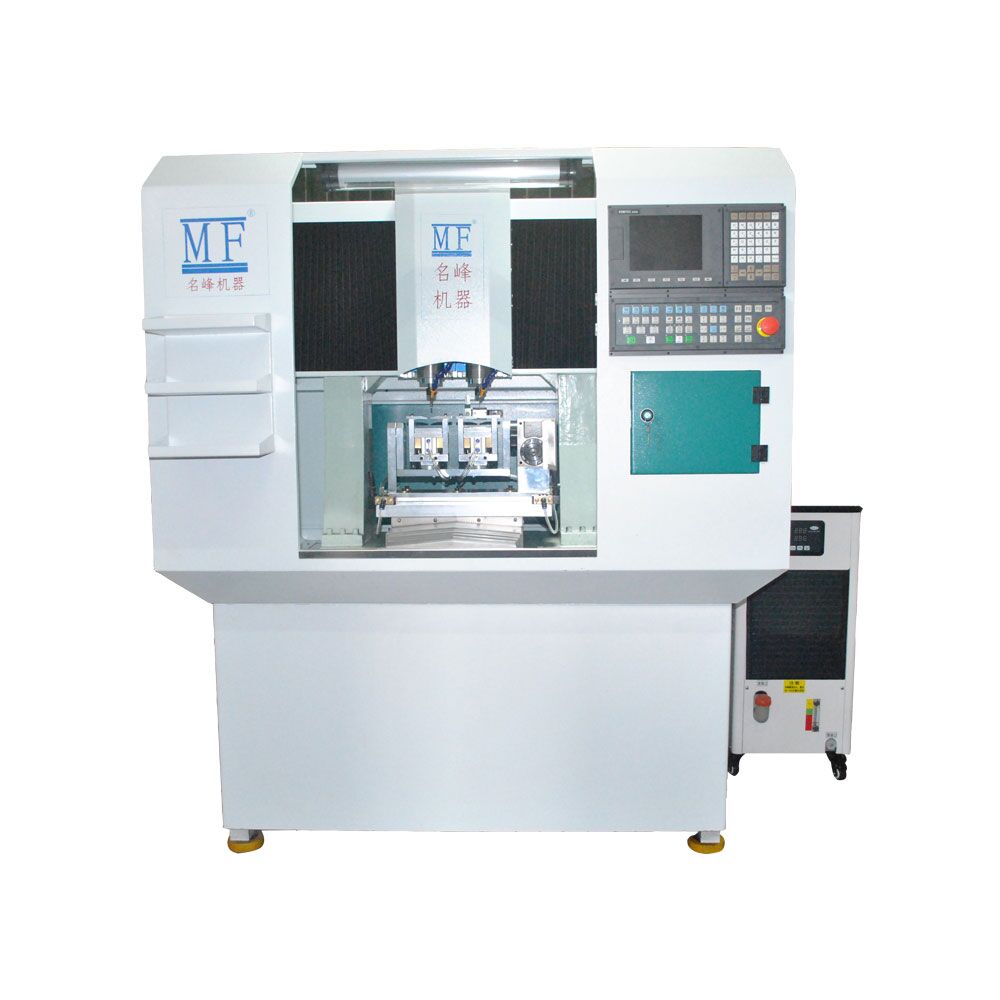
Five-axis double-head multi-function CNC...
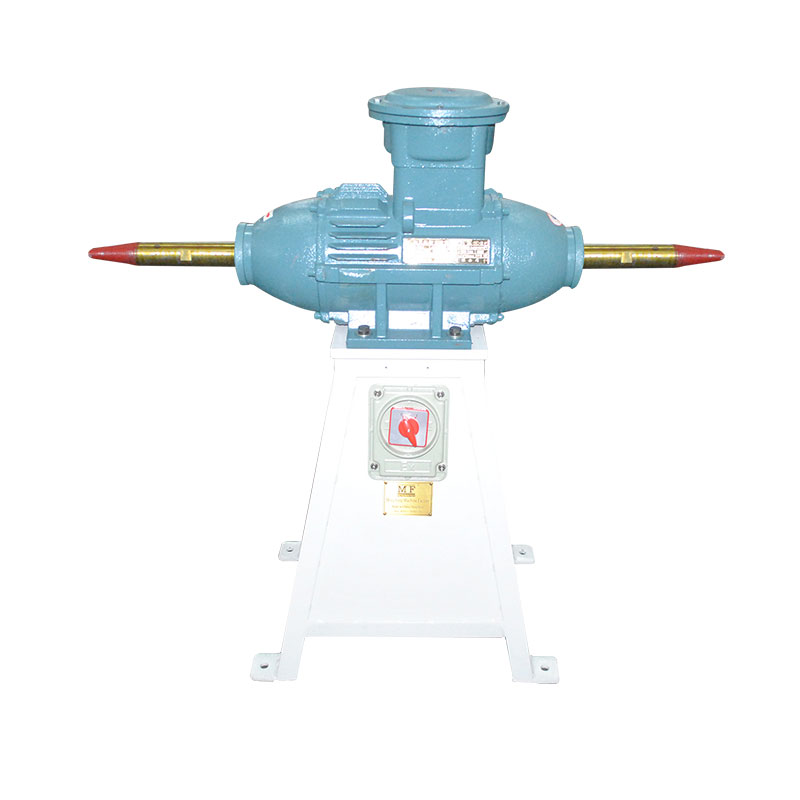
Gold frame explosion-proof polishing...
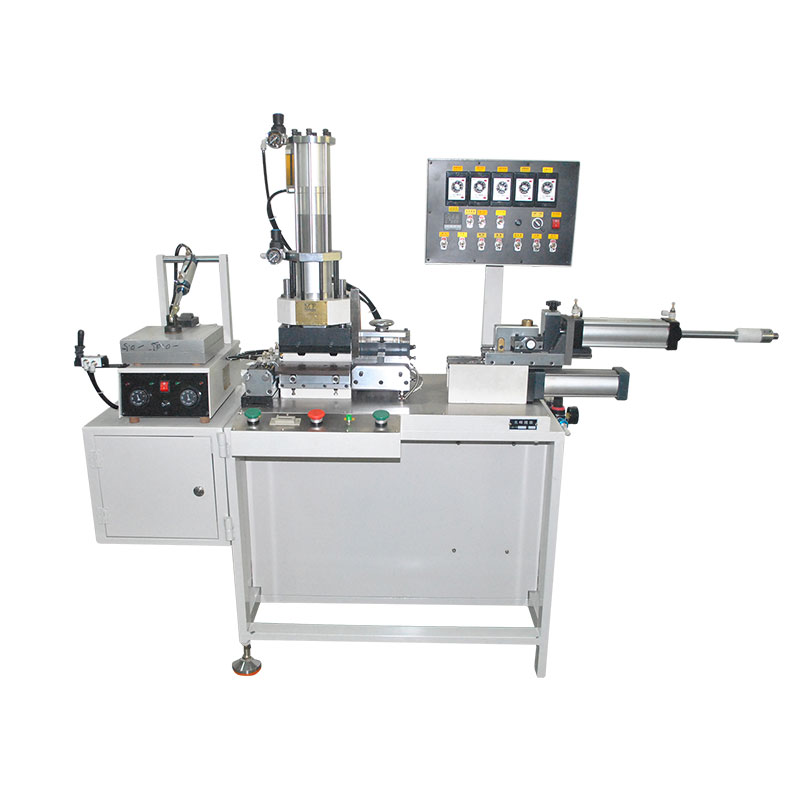
New dual axis copper core machine
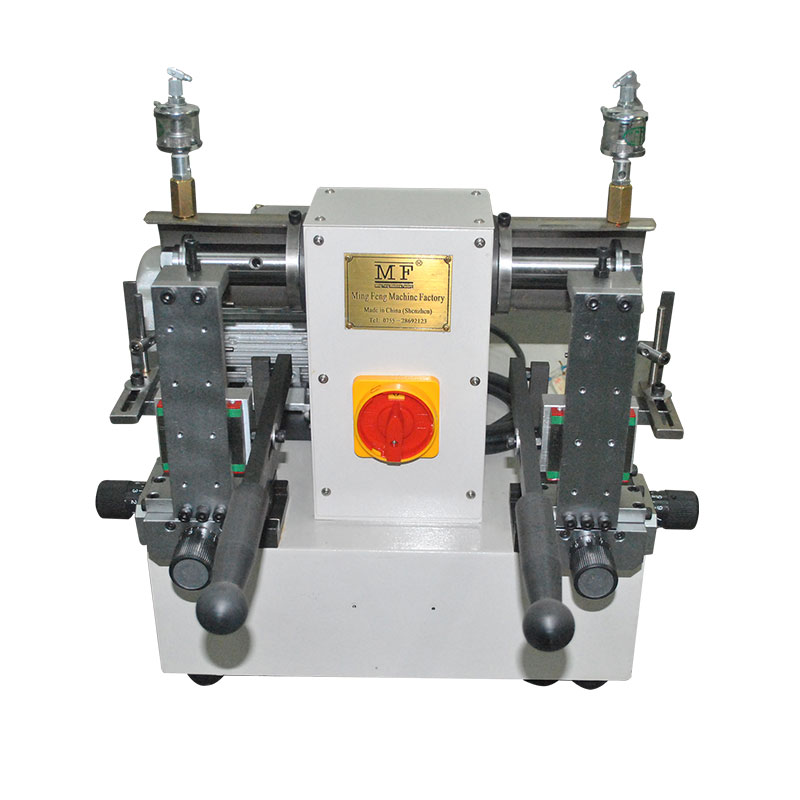
Manual Pile Cutting Machine II
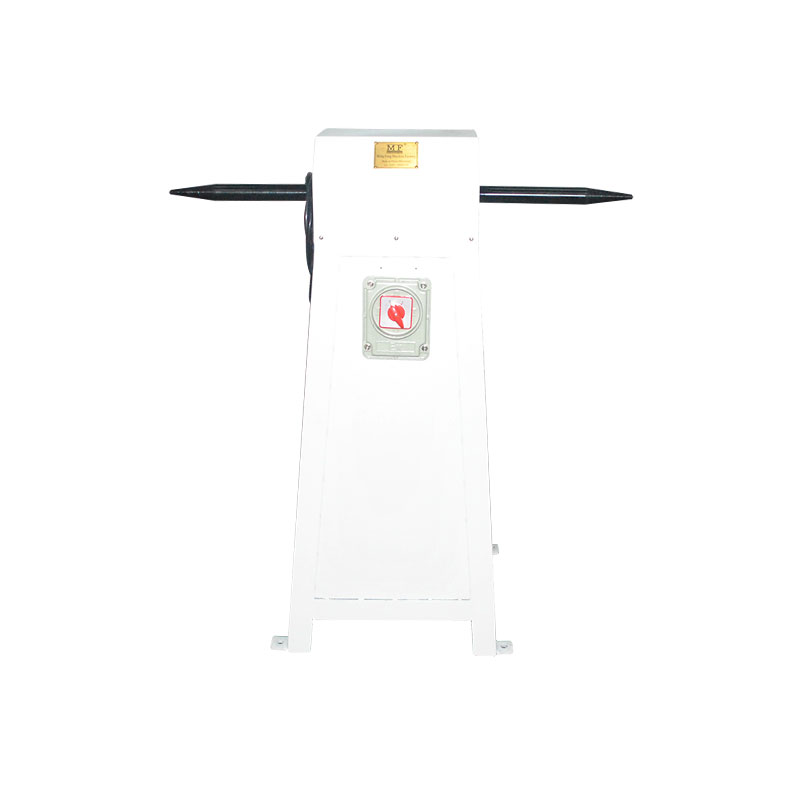
Explosion-proof polishing machine for...
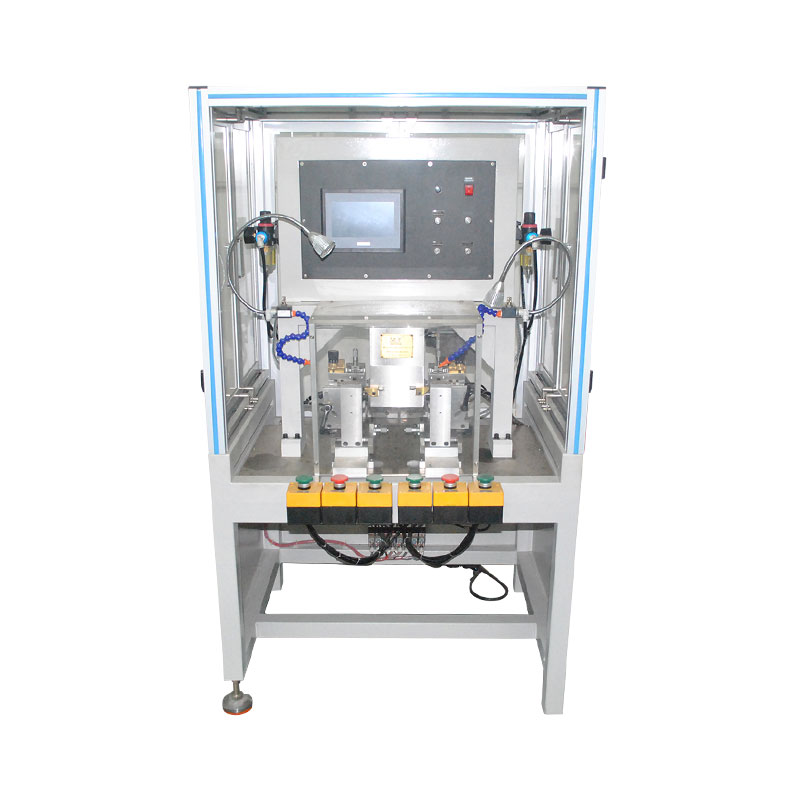
Environment-friendly double-head cutting...
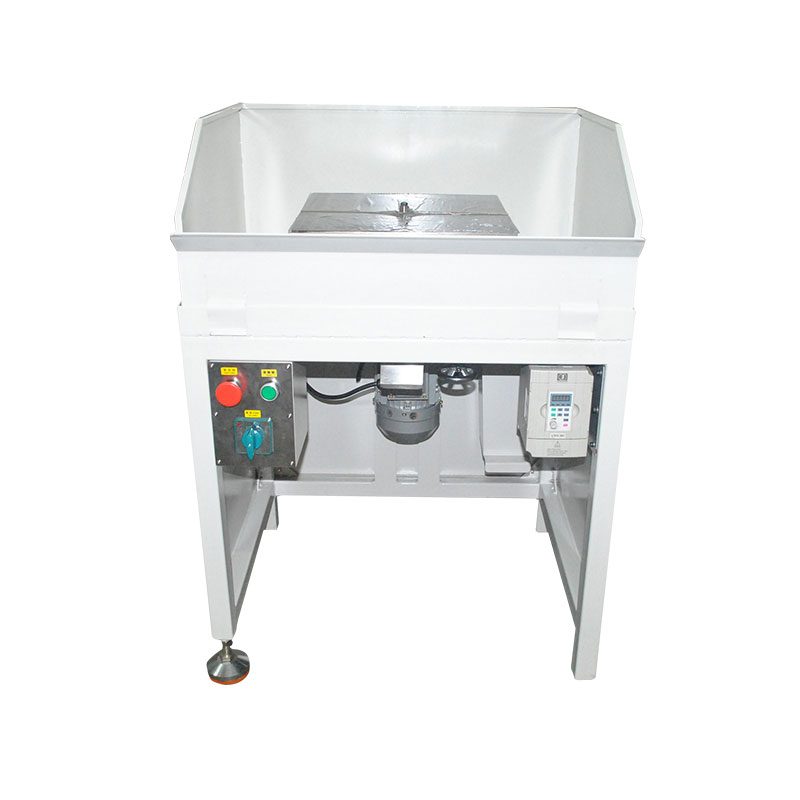
Environment-friendly high-speed gong...
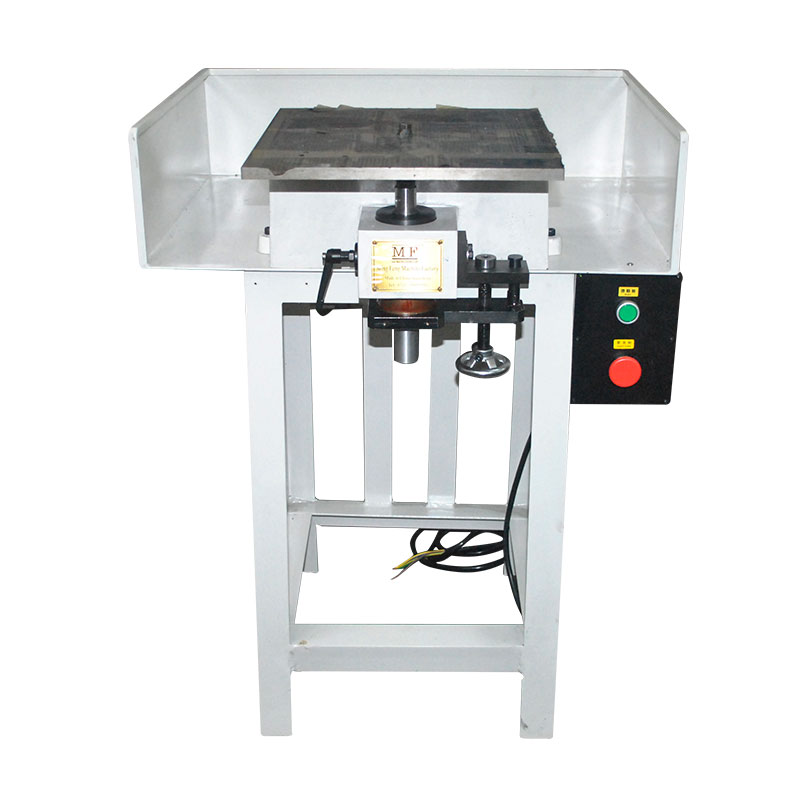
High-speed gong machine
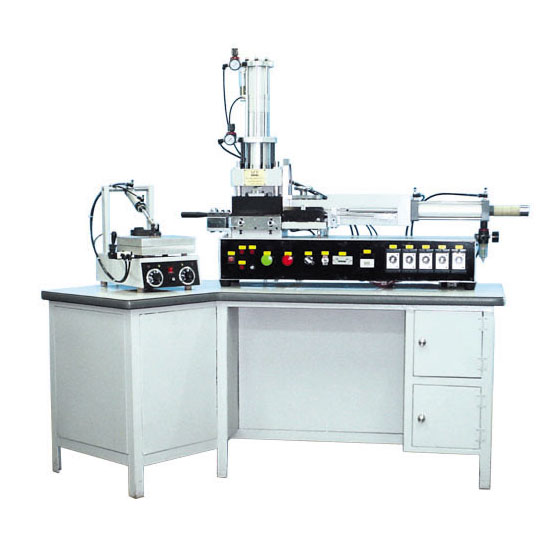
Single axis copper core machine
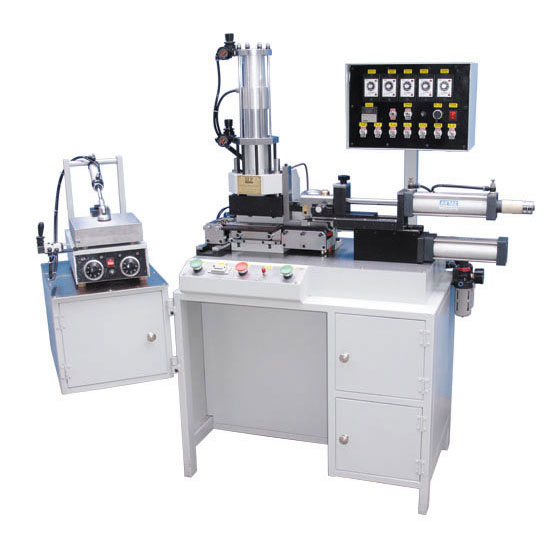
New dual axis copper core machine
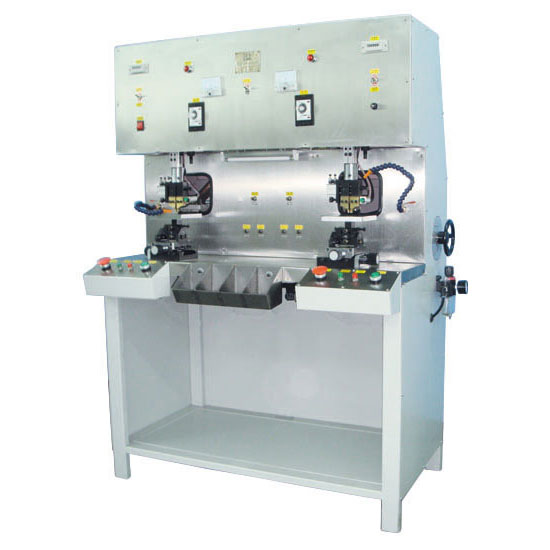
Nail glue machine
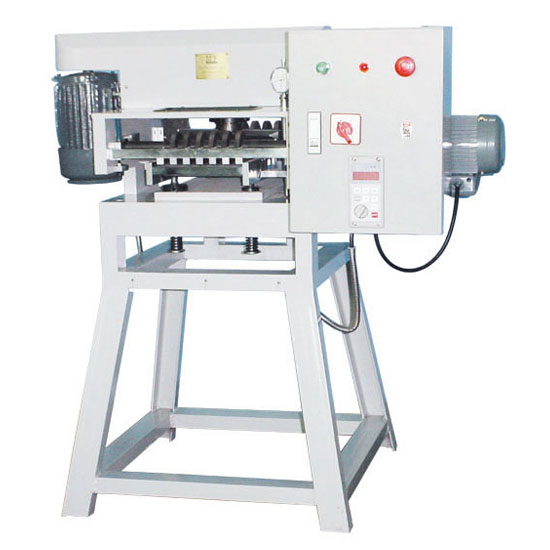
Planer
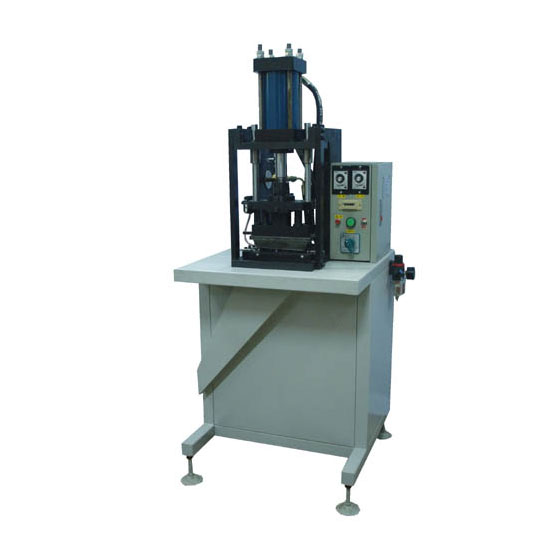
Hydraulic punching machine
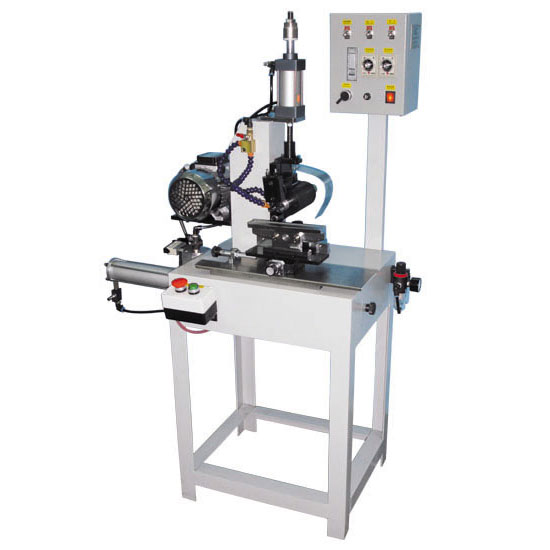
Wind oil pressure planer
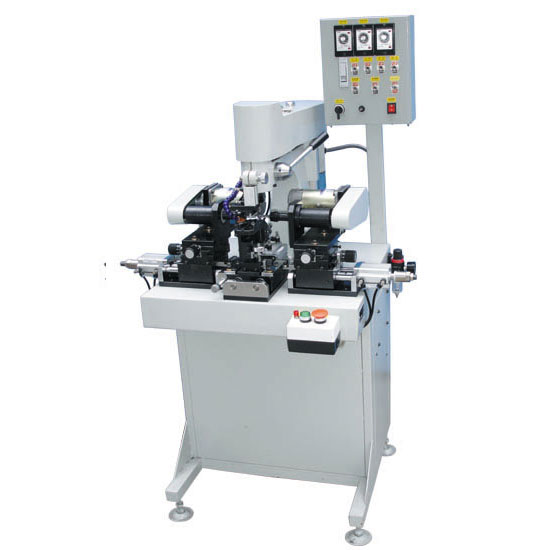
The new automatic three-sided planing...
Common problem HOME >> News >> Common problem
1. Ordinary optical glass lens
Generally uses crown glass. The main components are silicon dioxide and sodium titanium silicate, the refractive index is about 1.523, the light transmittance is 90-92%, the specific gravity is 2.54, it can absorb ultraviolet rays below the wavelength of 320nm, the Abbe number is about 59, and the uniformity is good. The optical stability is high, and the disadvantage is that it is fragile and heavy. According to the different chemical components added to the glass, the lens is white and red, commonly known as optical white film or light white film, white film; Kesai film or red sheet.
2.Second, high refractive index glass lens
That is to say, the ultra-thin sheet is generally used nowadays. Compounds such as titanium oxide are added to the glass to make the lens thinner and lighter. It is suitable for making high-luminance lenses with a refractive index of about 1.7 and an Abbe number of about It is 40 and the specific gravity is 2.99. The disadvantage is that the dispersion is large, it is easy to produce rainbow effect, and the property is soft.
3. Defocus CNC mirror
1. It has multiple focal points on the same lens at the same time; the power on the progressive zone in the middle of the lens changes point by point from top to bottom.
2. The gradual multi-focal lens has a gradual top power in the entire lens or the transition area of ??the lens, which is composed of four parts: a high beam zone, a gradual zone, a low beam zone and an aberration zone. Among them, the high beam zone is in the upper part, the gradual change zone is in the middle, the low beam zone is in the lower part, and the aberration zone is in the lower part.
3. The same pair of lenses can see far, medium and short distances;
4. The lens has no obvious boundary;
5. Not easy to be noticed;
6. Look at the distance from the vertical direction of the central part without jumping.
Previous:Glasses processing flow of...
Next page:What should I do if there is a...
What is the manufacturing method of the automatic glasses foot bending machine?
2020-05-21
The formation of the eyewear industry
2020-05-21
The origin and development of glasses
2020-05-21
Making method of glasses nail hinge machine
2020-05-21
Manufacturing method of high-efficiency automatic numerical control glasses frame...
2020-05-21
SHenZHen Mingfeng Machinery Equipment Co. ,Ltd. Shenzhen Mingfeng machine equipment Co. Ltd.Copyright 2016-
Mingfeng Machine © Copyright
Technical Support:XINQI